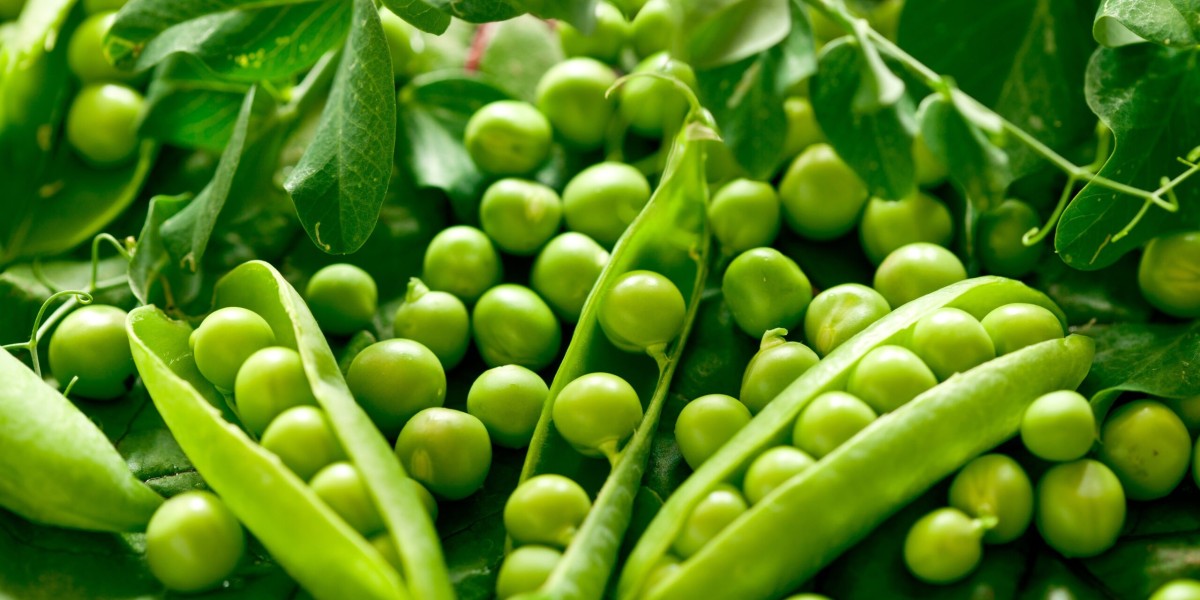Silicone kitchen utensils are loved for their flexibility, durability, and heat resistance. Among them, the silicone spatula is a favorite tool in both home and professional kitchens. But as temperatures rise during cooking, many ask the same question: does silicone spatula melt?
Let’s explore the science, safety, and smart use of silicone spatulas to help you make confident cooking choices.
Understanding Silicone Material
Silicone is a synthetic polymer made of silicon, oxygen, carbon, and hydrogen. Unlike plastic, silicone remains stable under high temperatures, making it a great material for cookware and bakeware.
Many silicone spatulas are made with food-grade silicone, which is non-toxic and BPA-free. This kind of silicone can usually withstand temperatures from -40°F to 600°F (about -40°C to 315°C). These high tolerance levels explain why silicone is often used in ovens, microwaves, and even freezers.
So, does silicone spatula melt at standard cooking temperatures? Generally, no. But there are exceptions.
When Can a Silicone Spatula Melt?
Even though silicone is heat-resistant, it’s not indestructible. If exposed to temperatures above its rated limit for too long, it may degrade or warp. Here are a few situations where melting could occur:
1. Using Poor-Quality Silicone
Not all silicone is created equal. Low-grade or mixed-material silicone might contain plastic fillers. These additives can reduce heat tolerance and cause your spatula to soften, smoke, or melt when used with high-heat cookware.
To check quality, twist or pinch the silicone. If the color turns white or lightens, it likely contains fillers.
2. Leaving It on a Hot Surface
Even a high-quality silicone spatula can be damaged if left resting on a scorching hot pan or near open flame. Constant direct contact with surfaces above 600°F may break it down over time.
3. Exceeding Recommended Use
Grilling or broiling might expose your spatula to excessive heat. Silicone isn’t designed for open flames or very high searing. In such cases, does silicone spatula melt? Yes, if the heat goes beyond its tolerance limit.
Silicone vs. Other Spatula Materials
Comparing silicone to other materials reveals its strengths:
Material | Heat Resistance | Melting Risk | Flexibility | Non-stick Safe |
Plastic | Low (about 300°F) | High | Moderate | Usually |
Wood | Moderate (~400°F) | Doesn’t melt | Low | Yes |
Metal (Stainless) | High | No | None | No (may scratch) |
Silicone | High (~600°F) | Low | High | Yes |
Silicone clearly offers the best combination of heat resistance and flexibility. It’s gentle on pans and easy to clean, making it a go-to choice for non-stick cookware.
How to Prevent Silicone Spatula Damage
To make your silicone tools last longer, follow these simple tips:
1. Check the Temperature Rating
Always read the product label. Stick to spatulas rated at 450°F or above for stovetop cooking. This greatly lowers the chance of melting.
2. Avoid Open Flames
Never rest your silicone spatula on or too close to burners. Open flames can instantly exceed safe temperature levels and damage your tool.
3. Don’t Leave It in the Pan
It’s tempting to leave your spatula resting inside the pan while simmering sauces. Avoid this. Extended exposure to hot surfaces can eventually degrade silicone.
4. Clean Properly
Silicone is dishwasher safe, but harsh cleaners and abrasive scrubs may wear it down over time. Wash with mild soap and avoid steel wool pads.
Common Signs of Silicone Breakdown
Even if the spatula doesn’t visibly melt, it may still show signs of wear:
- Surface becomes sticky or oily
- Fading or discoloration
- Cracking or bending abnormally
- A burnt smell or residue when heated
If you notice these signs, it’s best to replace your spatula. And if you're still wondering, “does silicone spatula melt if I keep using it like this?”—consider it a warning to retire it before it breaks down during cooking.
What About Silicone with Nylon or Plastic Cores?
Some silicone spatulas have inner cores made from plastic or nylon for extra strength. While this helps with firmness, it also reduces heat resistance.
If the silicone coating is too thin or damaged, the inner material could be exposed. In this case, does silicone spatula melt? Not the silicone part, but the internal core could soften or deform, especially at high heat.
Stick to fully-silicone tools for high-heat applications. They’re safer and more durable for frying, sautéing, and baking.
Why Chefs Love Silicone Spatulas
Professional chefs trust silicone spatulas for several reasons:
- Heat Safety: Withstands oven and stovetop use.
- Non-stick Protection: No scratches on expensive cookware.
- Flexibility: Scrapes bowls clean without waste.
- Easy Cleaning: Dishwasher safe and stain-resistant.
And when used properly, the answer to "does silicone spatula melt" remains a solid "no."
Final Verdict: Does Silicone Spatula Melt?
In most cases, no. High-quality, food-grade silicone spatulas can withstand the heat of everyday cooking without melting. Problems usually arise with cheap products, improper use, or exposure to extreme temperatures.
To stay safe:
- Choose reputable brands
- Check the heat rating
- Avoid contact with direct flame
- Replace worn or discolored tools
By treating your silicone spatula with care, you’ll enjoy its benefits for years. So next time you're cooking up a storm and asking yourself, does silicone spatula melt, you’ll know exactly what to look for and how to avoid any risks.



